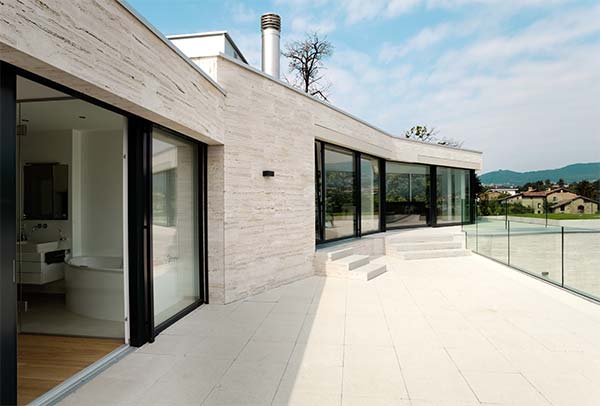
5 More Remodeling Pitfalls to Avoid
No one sets out to be the next remodeling horror story. Yet, homeowners unwittingly set themselves up to be so.
Here are 5 more remodeling pitfalls to avoid them:
1 POOR WORKMANSHIP
At the end of the day, your remodel is only as good as the skills of the person performing the work with quality materials in compliance with acceptable building standards. Never compromise the level of build quality since doing so would most likely affect the structural integrity of your remodel. Giving the job to the lowest bidder could set you up for shoddy workmanship resulting in having to pay more to correct the work. As part of the contractor interviewing process take a field trip and look at examples of contractors’ work over time. If you are like many homeowners, you may not know what to look for with respect to build quality or code compliance, so bring someone with you that knows what to look for. Visit homes in which work comparable to the scope of your remodel was recently completed as well as several years ago. This will provide you with an opportunity to see build quality first-hand in order to assess whether or not the contractor is the right one for your project.
2 ENTITLEMENT AND INSPECTION ISSUES
Have you ever seen a home for sale with a room that was not permitted? Most likely the sellers attempted to complete an addition in the name of “saving money” without obtaining the requisite permits, inspections and documentation. What they didn’t know is that they would most likely end up paying more money in the long run to have the governing authority sign off on the room. By not obtaining the requisite permits, inspections and documentation the sellers cheated themselves out of the increased value to their home, because in the governing authority’s eyes if an addition is not permitted the space does not exist. It does not make sense to spend money on a “phantom room”. If you are going to remodel, do it right to avoid problems down the line by obtaining the requisite permits, inspections and documentation.
3 NOT FEELING IN CONTROL OF THE PROCESS
The old cliché “Knowledge is Power” rings true here. Arm yourself with solid information. Knowing how the remodeling process works from the contractor’s perspective puts you in a much better position to plan your remodel project appropriately, communicate effectively and avoid costly changes, thus staying in control of your timeline and budget. One way to gain that knowledge is by enlisting the help of a remodel consultant to plan your remodel. A remodel consultant can educate you about the remodel process as well as remodeling costs so you will know what to expect. He/She is also a valuable resource when selecting design pros and contractors.
4 EFFECT OF STRESS
A certain percentage of remodels end relationships because, let’s face it, living through a remodel is stressful. No doubt that stress is going to affect you and those closest to you. So, talk about how each of you is going to handle your remodel before starting the planning process. Does everyone involved with the remodel share the same vision? Will you stay in your home during construction? Are you willing to be inconvenienced (i.e. no hot water, no kitchen, etc.) for an extended period of time? These are just a few of the many questions that need to be asked.
5 DISAPPOINTING RESULTS
Can you imagine spending money on a remodel and not being happy with the final result? This disappointment happens more often than not, because understanding ideas and visualizing them is challenging. Most homeowners, many contractors and even some designers are 2-D challenged. They have a difficult time picturing two-dimensional drawings in three dimensions. The best way to overcome this challenge is by incorporating technology into your remodel plan. This enables you to preview your remodel in 3-D before construction starts. Having a virtual representation of your remodel helps ensure the clarity of your vision. Thus, the blank stare accompanied with “That’s not what I thought I was getting” should be a thing of the past.
Want to learn more about how to avoid remodeling pitfalls? Buy Remodel Success here.




No Comments